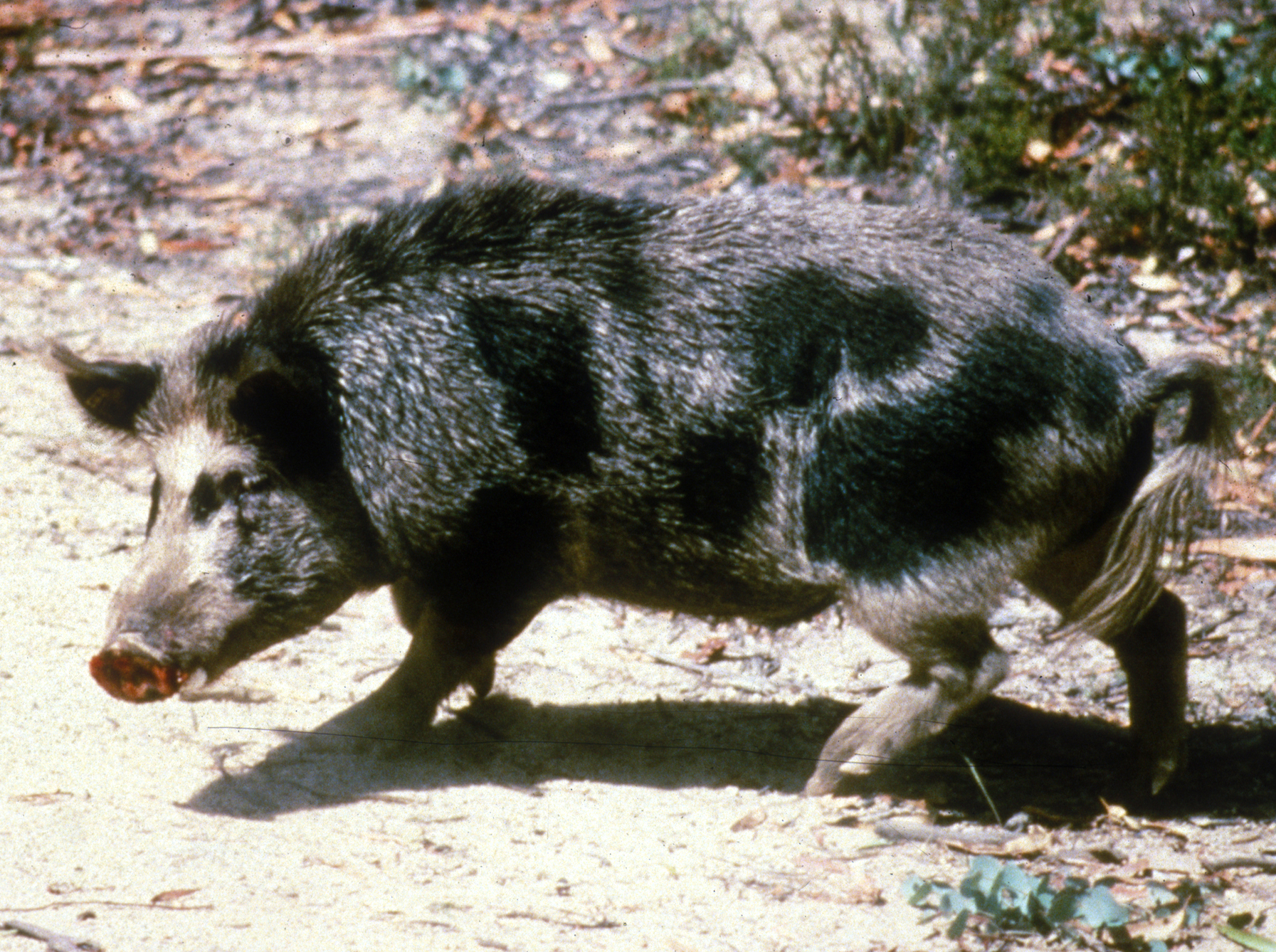News release
From:
How domestication, feralization and experience-dependent plasticity affect brain size variation in Sus scrofa.
Royal Society Open Science
Among domestic species, pigs experienced the greatest brain size reduction, but the extent and factors of this reduction remain unclear. Here, we used the brain endocast volume computed from skulls’ CT scans to explore how domestication, feralization and captivity influenced brain size variation in Sus scrofa. The brain size reduction we observed in pigs (18%) is smaller than the one usually reported (30-40%). Feralization in Australia led to brain size reduction rather than a reversal to larger wild ancestral brain size. Finally, captivity induced a slight brain size increase, potentially due to high-quality food supply and new allospecific interactions.



 Australia; NSW
Australia; NSW



